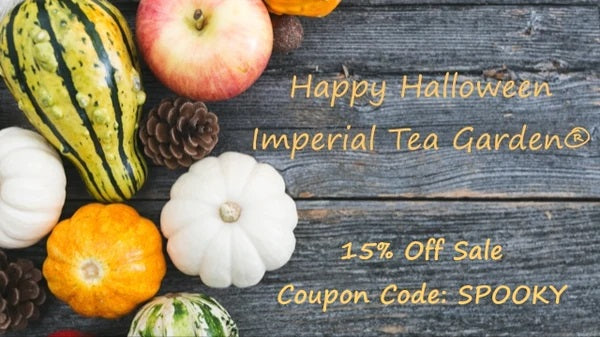Black Tea Bricks
Tea bricks are perhaps one of the most visually striking forms of processed tea in the world. The origin of the brick is rooted in the ancient spice trading routes of the ancient Far East in and around the 9th century. Traders and caravan herders transported everything they had by camel or on horseback so all goods had to be designed to take up as little space a possible. Tea producers wishing to export their product devised a way of compacting processed tea leaves by mixing it with stalk and tea dust and then pressing it tightly into forms and drying them in the sun. Centuries of trading made the tea bricks became so popular that by the 19th and even early 20th centuries, pieces broken from a brick were used as currency in Tibet, Mongolia, Siberia, and Northern China.
The method traditionally used for brewing tea from a tea brick was to roast a piece over a flame until it turned reddish. The piece of brick was then crumbled and brewed in a pot. In some parts of China it was also customary to spice up the brew by adding onion, ginger, and orange. In Tibet, tea bricks were traditionally used to make the country's famous fermented yak butter tea. As for we North Americans however, if you find you have no fermented yak butter in the fridge, we recommend simply using regular milk - although most people nowadays like tea bricks simply for their aesthetic qualities. These tea bricks make a unique gift and a great conversation starter if placed in an upright plate holder.
- Ingredients: 100% Black Tea From China
- Region: Hubei Province
- Shipping Port: Shangai
- Altitude: 2000 – 4000 feet above sea level
- Manufacture Type: Compressed tea
- Cup Characteristics: Full bodied with slight must notes. Generally not used as a beverage.
- Antioxidant / Caffeine Level: Medium / Medium
- Infusion: Tending dull
1 Response
Paul R Jones
Generally not used as a beverage. I’m confused by this. So you can drink it but you shouldn’t? Can you drink this daily? Do you make it like matcha or do you need to filter out the powder before drinking it?Leave a comment
Comments will be approved before showing up.




Imperial Tea Garden
Author